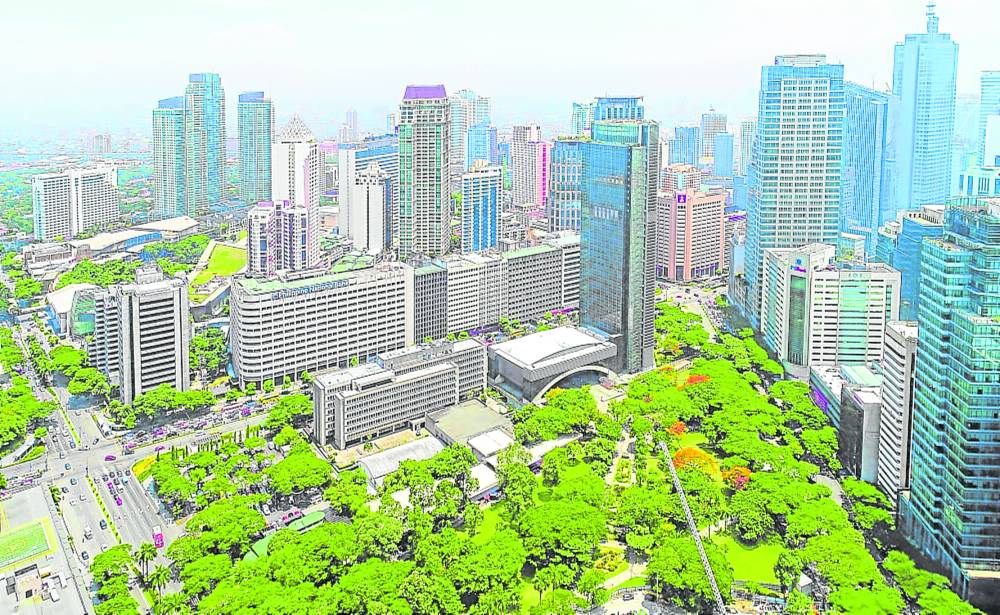
Sustainability has become top of mind across the globe and we expect it to figure prominently in government programs.
As we await the policies of the new administration, two key domains relevant to the real estate industry come to mind. These are sustainability and infrastructure.
Importance of sustainability
Sustainability has become top of mind across the globe and we expect it to figure prominently in government programs moving forward. The Philippines is no exception with our commitment to reduce our greenhouse gas emissions by 75 percent by 2030.
There is strong merit and necessity to this as we experience first-hand the effects of climate change. We are situated along the typhoon belt and are regularly beset by increasingly strong typhoons that prove to be disruptive to the economy.
The importance of sustainability is huge in real estate as the World Green Building Council estimates that almost 40 percent of greenhouse gas emissions are from the built-up environment. Real estate stakeholders have been taking action as seen in the increasing commitments to reduce carbon footprints.
We anticipate this greater awareness and activity to translate to greater demand for green buildings in the future. The demand for green spaces may be occupier-led, but it’s worth noting that landlords have been equally responsive with their green and sustainability initiatives.
Improving connectivity
Infrastructure development remains central in driving the economic growth of the country. The completion of these projects will improve connectivity and mobility inter- and intra-cities which can generate economic gains and drive opportunities across industries.
Infrastructure projects help unlock land values and development opportunities in real estate. This is evidenced in the increase in land values where infrastructure projects are present. A 2019 study conducted by the Asian Development Bank showed that parcels of land within 1 km of the MRT-3 stations grew more than threefold over a period of 20 years. Infrastructure projects also direct development direction and shape urbanization trends.
Altogether, sustainability and infrastructure are just some key areas that the new administration can focus on that can further uplift the real estate market in the years to come.
Looking ahead
We saw market momentum pick up in the first quarter of the year owing to lower number of COVID-19 cases in the second half of the quarter, the increasing return to office and improving economic outlook.
The lower number of COVID-19 cases and the adjustment to a new level of acceptable risk among organizations and households have led to increased activity overall. We suspect responses to pandemic-related externalities to be less restrictive than before which would help moderate the impact on market recovery.
Meanwhile, the increasing return to office by a growing number of companies, seen in the increased footfall across offices and retail establishments, is expected to continue and provide support to the recovery of the office, residential, retail and hospitality sectors.
Lastly, the improving economic outlook despite ongoing headwinds has renewed investor confidence which we anticipate to further regain momentum in tandem with the recovery of the real estate market.
We forecast continued gradual recovery of the Philippine real estate market in the second half of the year behind greater optimism we observed in the first quarter of the year that will provide legs to the market momentum moving forward.
The author is the head of research and strategic consultancy of JLL Philippines